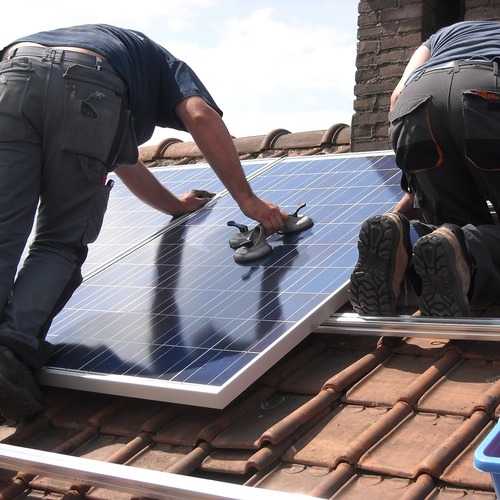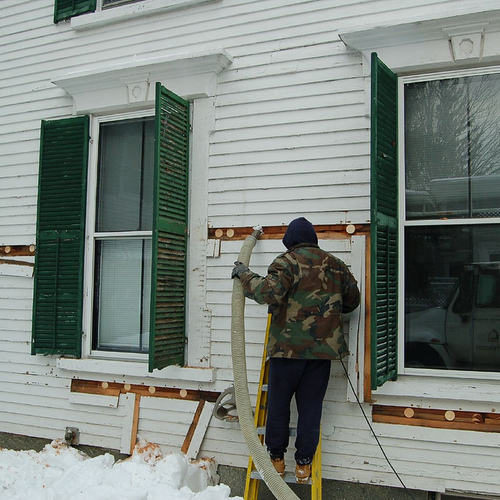
By the end of last year, most municipalities that had been funding Property Assessed Clean Energy (PACE) loan programs had stopped doing so. The reason: mortgage giants Fannie Mae and Freddie Mac declared they would no longer guarantee mortgages on properties with PACE liens.
Fannie and Freddie contended that because PACE loans are senior to private loans, including first mortgages, mortgages on PACE-encumbered properties were too risky to guarantee. Never mind that the cost of PACE loans, which were funded by local bond issues and intended to help homeowners finance energy efficiency improvements, were covered over time by savings on energy costs. In Fannie and Freddie’s opinion, homeowners’ obligations to make PACE loan payments, which were added to property tax bills, increased the risk of mortgage default.
PACE-friendly jurisdictions raised a stink. Some civic leaders threatened to sue the two mortgage companies (California, where PACE originated and was popular, actually did sue), mayors gushed about the benefits of PACE programs, and lawmakers began hatching potential work-arounds, including a bill that would have banned lenders from imposing penalties or stricter criteria on municipalities that use PACE, and would have prevented lenders from requiring homeowners to pay off property assessments, including PACE loans, before refinancing their mortgages or selling their property.
Time for new rules
This week, though, a bipartisan team in the House of Representatives took a somewhat tougher tack by introducing a bill designed to nail down legislatively what the mortgage giants’ conservator, the Federal Housing Finance Agency, might resist bureaucratically.
Cosponsored by California Democrat Mike Thompson and Republicans Nan Hayworth of New York and Dan Lungren of California, the PACE Assessment Protection Act of 2011 (click here for a 19-page draft of the bill) would establish uniform lending requirements for PACE loans in all communities that choose to fund PACE programs. And in fact, the lending criteria seem to closely resemble in stringency current guidelines for private loans.
Among the requirements:
- Property owners seeking PACE funding must obtain written authorization from the holders of the first mortgage on their property.
- A PACE applicant’s property tax payments must have been current for three years or the property owner’s period of ownership, whichever is shorter.
- A PACE applicant’s property can have no involuntary liens over $1,000 and no notices of default.
- PACE applicants can have no bankruptcy filings over the previous seven years, and mortgage payments must be current.
- The property itself will be subject to an audit and a feasibility study by a Building Performance Institute auditor, a Home Energy Rating System (HERS) rater, or auditor commissioned by the local government.
- Financing terms requiring that the total savings on energy and water are expected to exceed the total cost to the homeowner.
- The total amount of the assessment can’t exceed 10% of the estimated value of the property.
- The homeowner has to have equity in the property equal to or greater than 15% of its total estimated value.
- The financing term can’t be more than 20 years.
Advocacy group PACENow is pushing this bill as hard as it can, and has been quick to cite findings of a study of PACE programs in four cities that examines their potentially positive effects on local economies. PACENow commissioned economic consulting firm ECONorthwest to conduct the study, which shows that $54 million spent on PACE projects in the four cities generated $142 million in economic output, $9 million in federal taxes, $6 million in state and local taxes, and more than 800 jobs nationwide.
It’s obviously too early to tell how the bill will fare, but it’s also obvious it has some vocal supporters.
Weekly Newsletter
Get building science and energy efficiency advice, plus special offers, in your inbox.















0 Comments
Log in or create an account to post a comment.
Sign up Log in